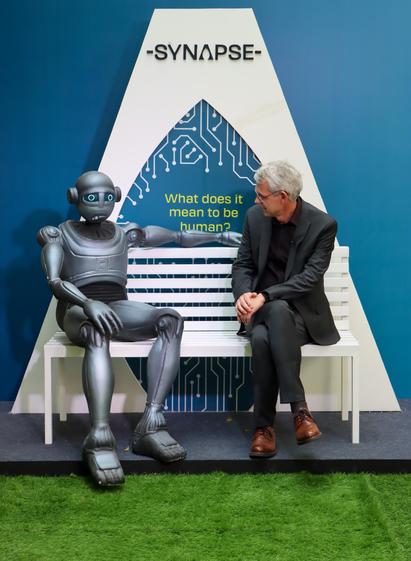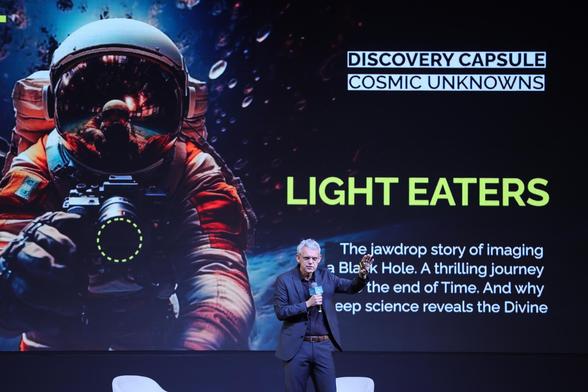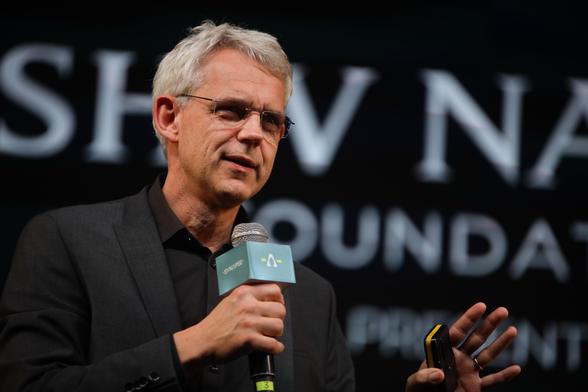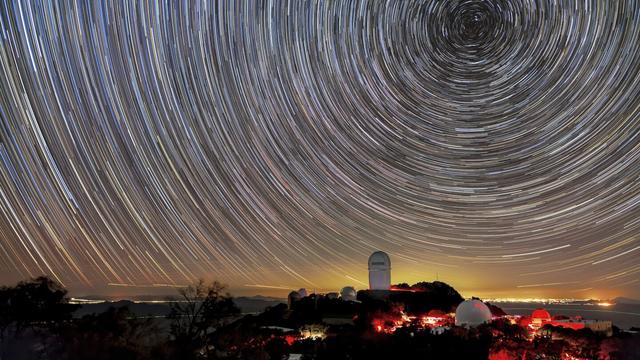JWST just keeps dropping bangers this week.
This image is of a galaxy in a cluster called SMACSJ0028.2-7537. But it's a two-fer, courtesy of general relativity: "What at first appears to be a single, strangely shaped galaxy is actually two galaxies that are separated by a large distance. The closer foreground galaxy sits at the center of the image, while the more distant background galaxy appears to be wrapped around the closer galaxy, forming a ring."
The apparent 'wrapping' of the background spiral galaxy results from the gravity of the foreground elliptical galaxy. It warps the space (and time) around it, changing the paths taken by light from the background object, creating a funhouse mirror effect. In honor of the theorizer of general relativity, these configurations are called 'Einstein rings'.
More info: https://esawebb.org/images/potm2503a/
 : ESA/Webb, NASA & CSA, G. Mahler
: ESA/Webb, NASA & CSA, G. Mahler
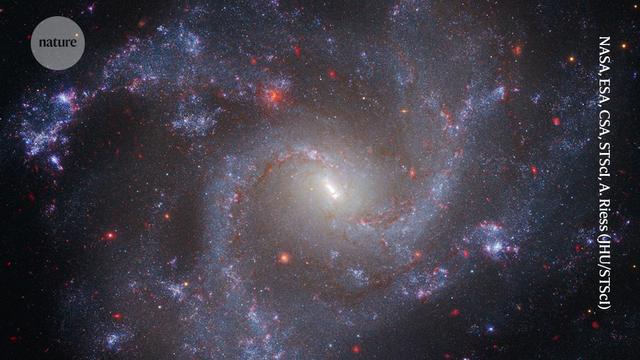



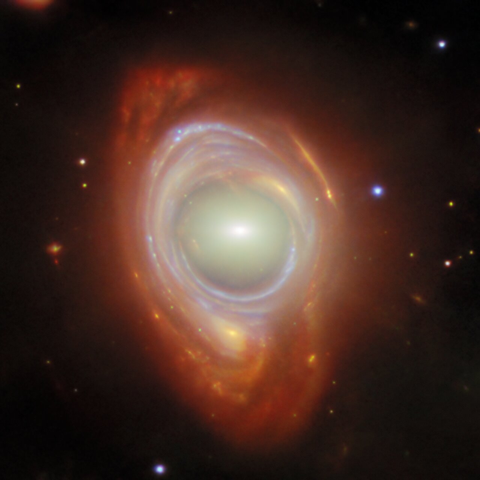
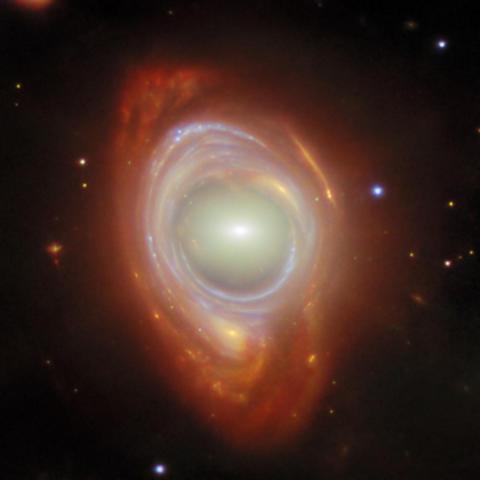
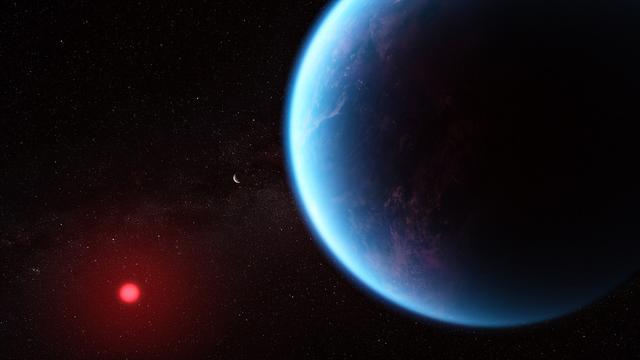
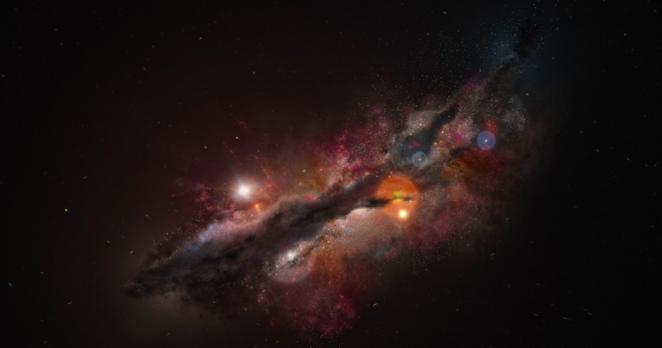
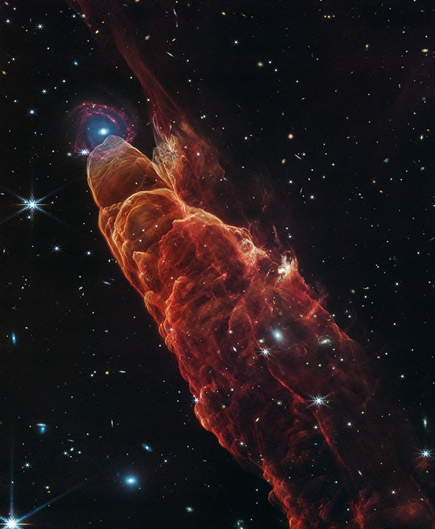
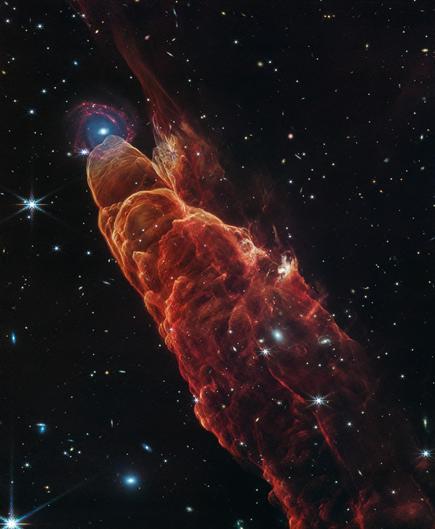
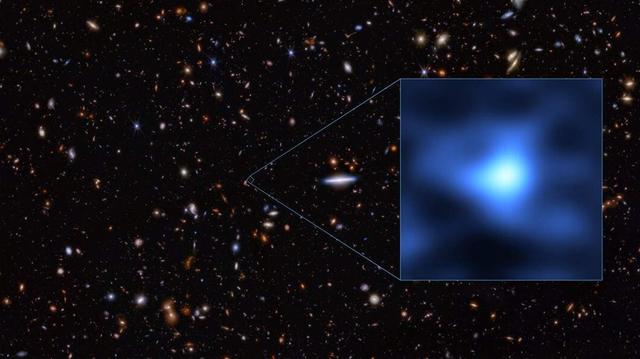
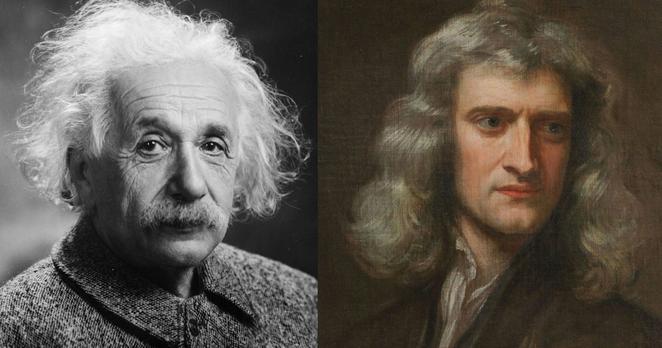
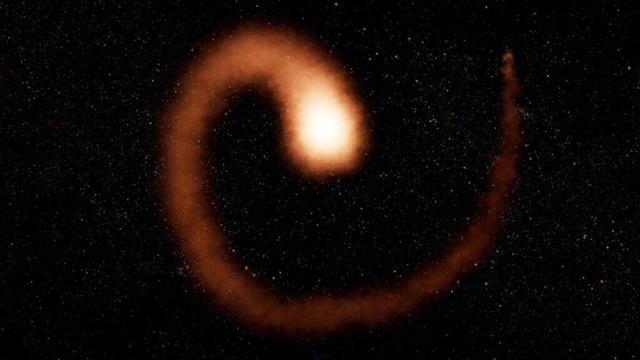

![Photograph of Cecilia Payne-Gaposchkin (1900-1979) at Harvard College Observatory Local number: SIA Acc. 90-105 [SIA2009-1326]
Taken during the early to mid-20th century, the image portrays Payne-Gaposchkin in a thoughtful pose, dressed in a modest sweater, with natural light softly illuminating her face. In the background, shelves and filing cabinets filled with papers and scientific documents suggest an academic setting deeply immersed in research and discovery.](https://lepoulsdumonde.com/system/cache/media_attachments/files/114/195/510/782/997/340/small/baa96186986e2d15.jpg)
